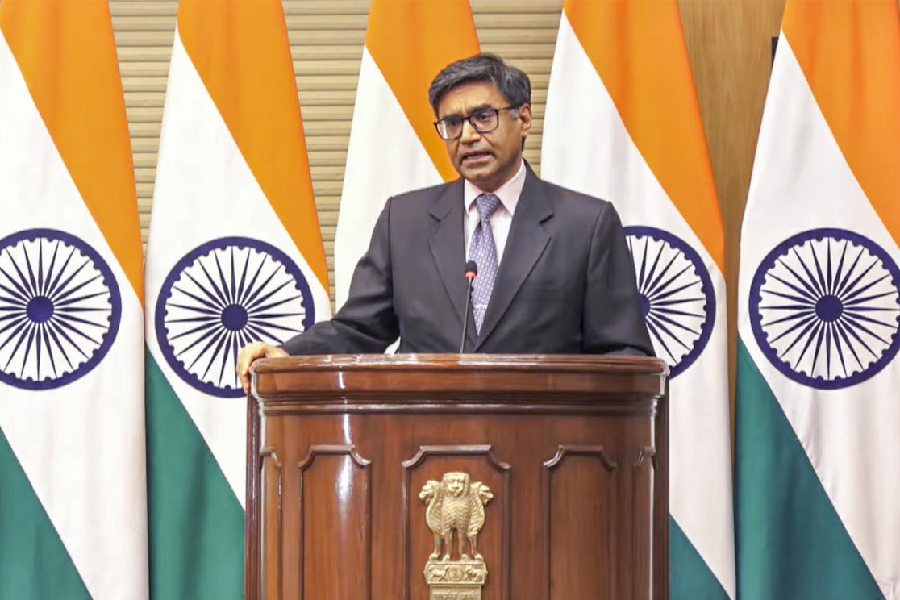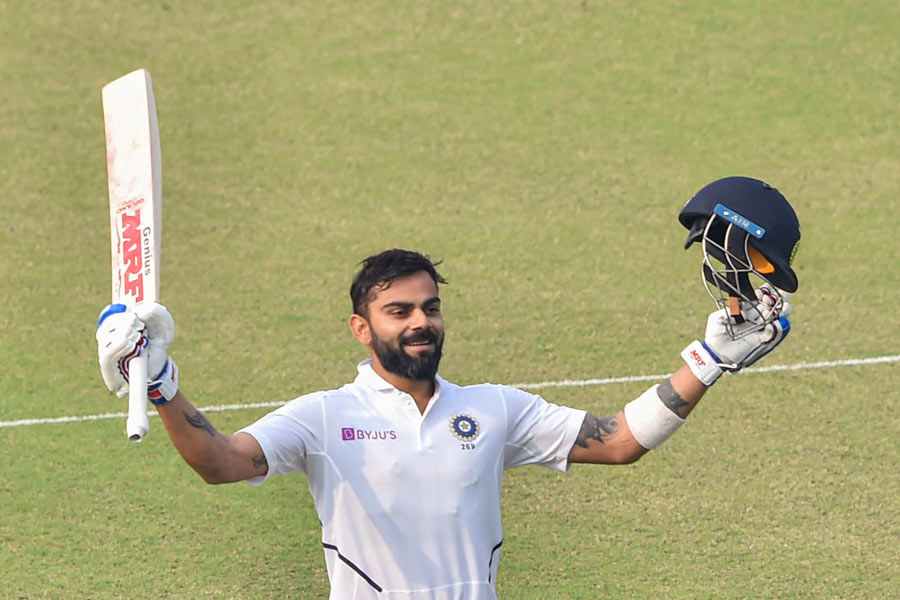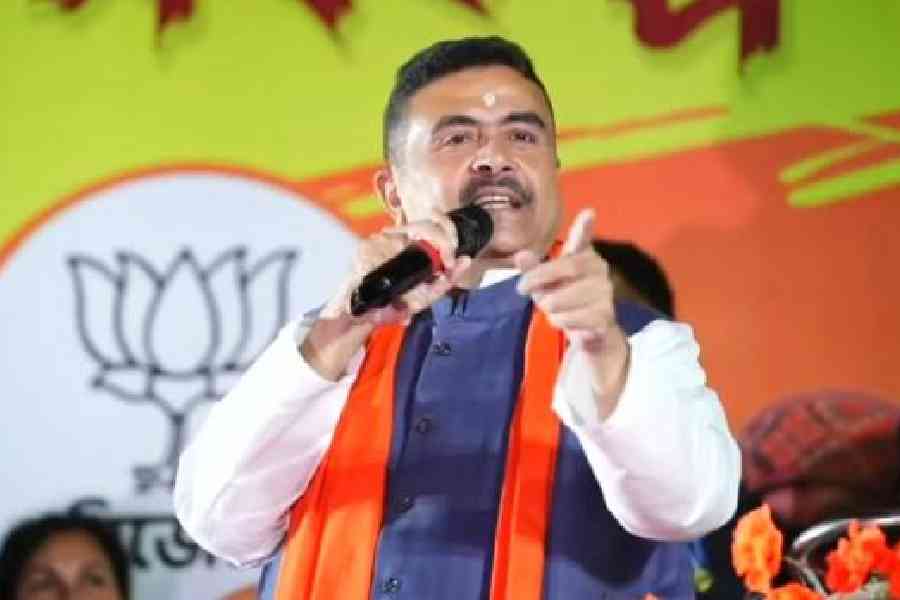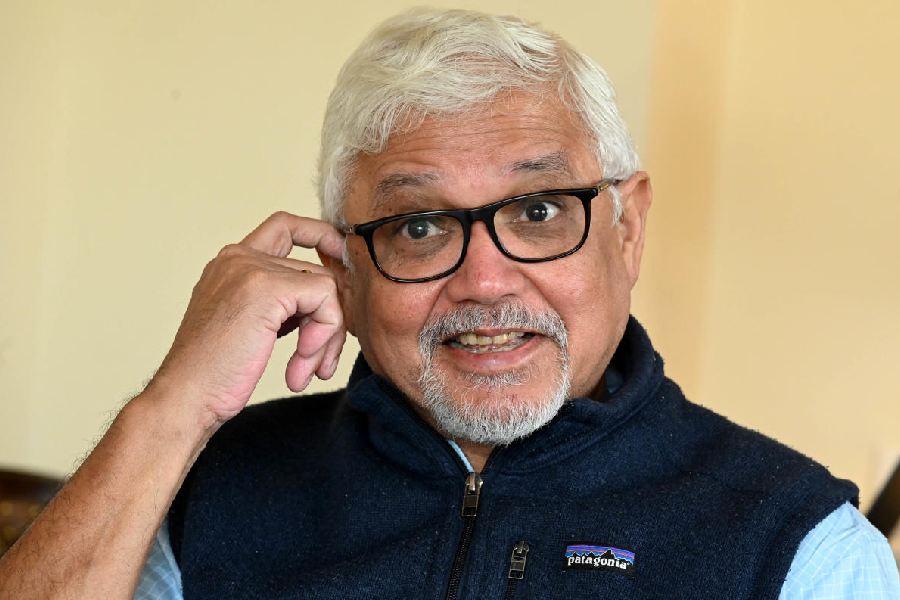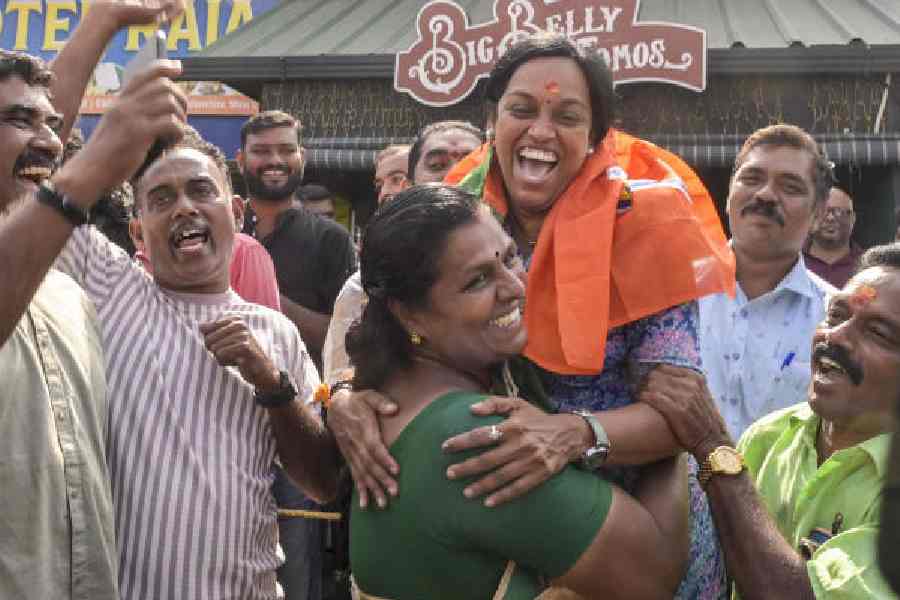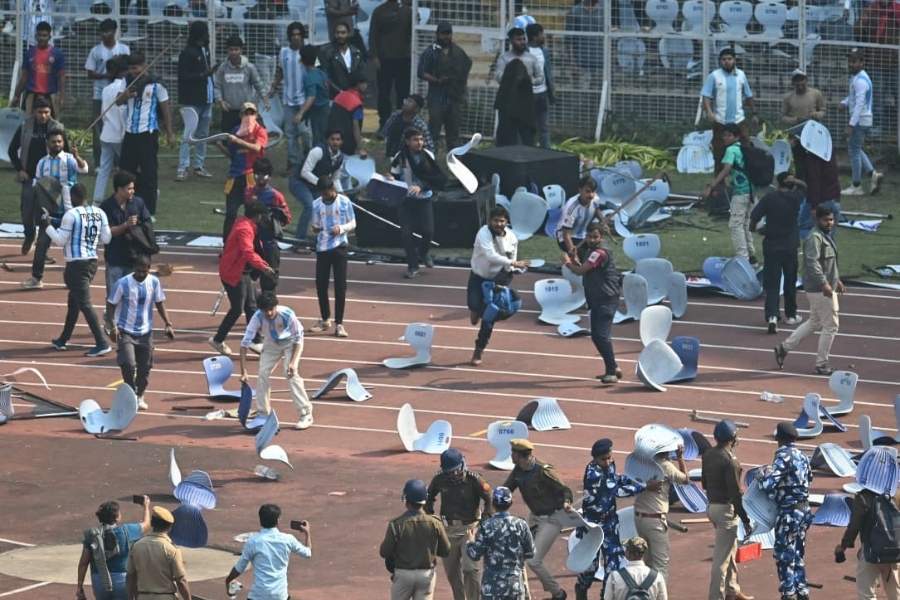Facing Dennis Lillee and Jeff Thomson was a nightmare for English batsmen – cricket terms hadn’t gone gender neutral then – of the 1970s. The sight of the 6 feet, mustachioed and headband-wearing Lillee charging was enough to send a shiver down the spine. If one survived that, he had to face the long-haired Thomson, with his fierce pace that often hit 100 miles per hour.
Pakistan’s aerial strikes stood as little chance against India’s defences as the English batsmen during the Ashes in the 1974-75 seasons, India’s Director General of Military Operations (DGMO) Lt Gen Rajiv Ghai said on Monday during a briefing on Operation Sindoor, India’s strike on terror targets in Pakistan and PoK and the fierce battles that erupted after that before US President Donald Trump announced truce on Sunday.
“Back then, during the famous Ashes series, Australia had two fiery pacers — Jeff Thomson and Dennis Lillee,” Lt gen Ghai said. “The Australians used to say: ‘From Ashes to Ashes and dust to dust, if Thommo don’t get ya, then Lillee surely must.’
“In our case,” Ghai added, pointing at a detailed schematic of India’s aerial defence systems, “if you try to cross our multi-layered grid — electronic warfare, counter-UAS tech, and air defence — koi mauka nahi tha Pakistan ke paas [Pakistan had no chance]. Even if one layer missed, the next would take it down….On May 9 and 10, every attempt by Pakistan to hit airfields and logistics establishments failed miserably.”
In the 1974-75 Ashes, Lillee and Thomson’s bouncer barrage decimated England. “It was just carnage,” Thomson later said in Forged in Fire, a documentary, “They were pretty scared s*it, the players, I know some blokes didn't turn up.”
Dennis Lillee’s arch enemy on the field was Pakistan’s Javed Miandad. At a Test match at Perth in 1981, Lillee and Miandad almost came to blows. The Pakistani was armed with his bat. The Aussie was armed with his aggression.
Lt Gen Ghai also mentioned Virat Kohli’s retirement from Test cricket, announced minutes earlier: “Maybe today is not the day to talk about cricket,” he smiled. “I was watching... and saw that Virat Kohli announced his retirement from Test cricket. Like many Indians, he’s my favourite cricketer too.”
Beyond the cricket, there was a confident dismantling of Pakistan’s claims.
Air Marshal A.K. Bharti displayed shattered images of a Chinese origin PL-15 missile, long-range rockets, loiter munitions and unmanned aerial systems, Turkish-built SONGKAR drones, missiles, images reportedly from the Nu Khan airbase and a crater in the runway of the Rahim Yar Khan airbase as evidence of India’s military supremacy in the four-day conflict.
Air Marshal Bharti did clarify that the Nur Khan airbase image was picked up from the media.
Lt. General Ghai counted the radars, counter-unmanned aerial system, shoulder-fired weapons, vintage and modern weapons of air defence as the mainstay that thwarted the Pak offensive on India across the border including Srinagar and large parts of Punjab.
Air Marshal Bharti added multi-layered sensors, point defence weapons like the low-level air defence guns, shoulder-fired manpads, and surface to air missiles as crucial to India’s military victory.
The military brass held the air defence system aided on the ground by the army and the navy as crucial to minimise the damage on the Indian side.
“Older battle-proven systems also helped in countering Pakistani threat vectors and took them on, head-on. So did indigenous air defence systems like Akaash. It was a unique mix,” Air Marshal Bharti said.
The media briefing came hours before DGMO Ghai was to talk to his Pakistani counterpart.
Lt Gen Ghai said the attack on tourists in Pahalgam was the last straw.
“Over the last few years we had observed a change in the character of terror attacks. Alongside the military, the innocent, defenceless civilians were also being targeted. The attack on pilgrims to the Shiv Khori temple in the Jammu sector in 2024 and the Pahalgam attack are examples of this dangerous trend,” he said.
Air Marshall Bharti said India had targeted only terror camps in Pakistan Occupied Kashmir and inside Pakistan.
“Our fight was with terrorists and their infrastructure and not Pakistan military. It is unfortunate that the Pakistan military chose to intervene on behalf of terrorists. On May 7 only terror camps were targeted,” Air Marshall Bharti underlined.
He did not divulge any details of the war including the number of fighter planes engaged.
“It was different, but we were prepared,” he said.
All military bases, equipment and system are operational and ready for the next mission, DGMO Ghai said.
Vice Admiral A.N. Pramod said no suspicious or enemy aircraft was allowed within hundreds of kilometres of India’s territory.

